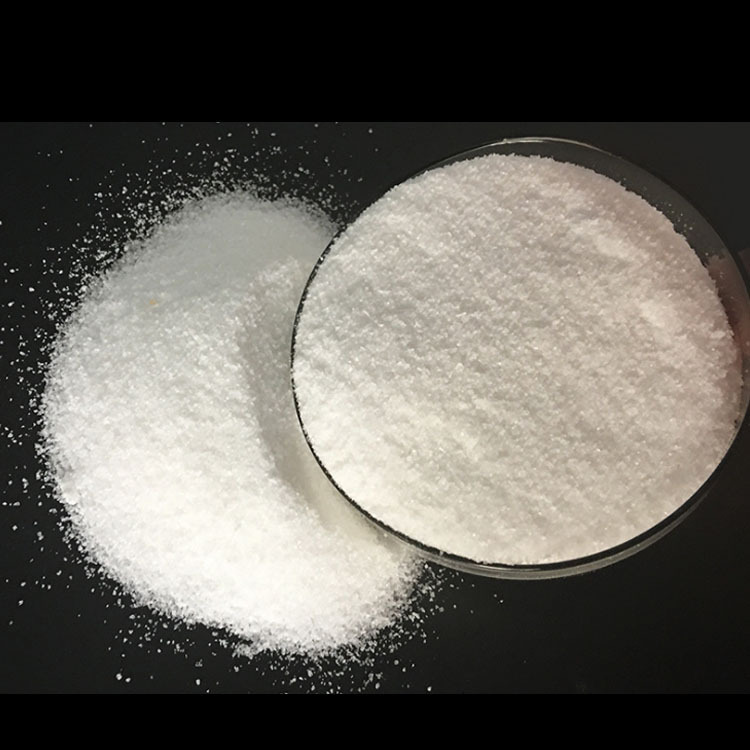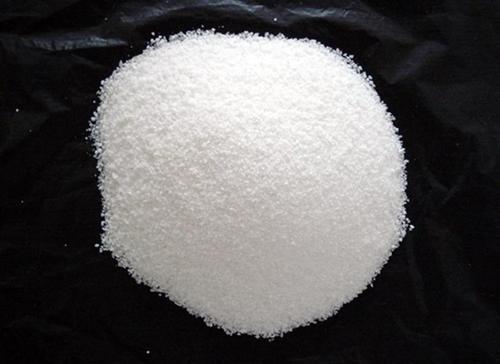Hydroxypropyl methylcellulose for construction needs to prevent moisture from penetrating into the wall. Keeping an appropriate amount of moisture in the mortar can make the cement fully Producing good performance for water and water, the viscosity of hydroxypropyl methylcellulose in the mortar is directly proportional. The higher the viscosity, the better the water retention of hydroxypropyl methylcellulose.
Once the moisture content of hydroxypropyl methylcellulose is too high, the water retention of hydroxypropyl methylcellulose will decrease, which will also directly lead to The construction efficiency of hydroxypropyl methylcellulose decreases. We are also familiar with things, the easier it is to make mistakes. We should always keep things fresh and we will receive unexpected effects.

The apparent viscosity is an important indicator of hydroxypropyl methylcellulose. Common measurement methods include rotational viscometry, capillary viscometry and fall viscometry.
Previously, the measurement method of hydroxypropyl methylcellulose was capillary viscometry, using an Ubbelohde viscometer. Usually the measurement solution is an aqueous solution of 2, and the formula is: V=Kdt. V represents viscosity, the unit is, K is the constant of the viscometer, d represents the density at constant temperature, t refers to the time from top to bottom through the viscometer, the unit is seconds. The operation of this method is relatively cumbersome, and if there are insoluble substances, it is easy to cause errors, and it is difficult to identify the quality of hydroxypropyl methylcellulose.
The problem of construction glue delamination is a big problem encountered by customers. First of all, the problem of raw materials must be considered for construction glue delamination. The main reason for construction glue delamination is polyethylene. Caused by the incompatibility between vinyl alcohol (PVA) and hydroxypropyl methylcellulose (HPMC). The second reason is that the mixing time is not enough; the other reason is that the thickening performance of the construction glue is not good.

In construction glue, instant hydroxypropyl methylcellulose (HPMC) must be used because hydroxypropyl methylcellulose (HPMC) is only dispersed in In water, there is no real dissolution. In about 2 minutes, the viscosity of the liquid gradually increases and forms a transparent, viscous colloid.
Hot-melt products clump together when encountering cold water. They can be quickly dispersed in hot water and disappear into the hot water. When the temperature drops to a certain temperature, the viscosity will gradually increase. Appear until a clear, viscous gel forms. The recommended amount of hydroxypropyl methylcellulose (HPMC) added to construction glue is 2-4kg.
Hydroxypropyl methylcellulose (HPMC) has stable chemical properties in construction glue, is mildew-proof, has good water-retaining effects, and is not affected by changes in PH value. Available from 100,000S to 200,000S. However, in production, it is not that the higher the viscosity, the better. The viscosity is inversely proportional to the bonding strength. The higher the viscosity, the smaller the strength. Generally, a viscosity of 100,000 S is appropriate.

 微信扫一扫打赏
微信扫一扫打赏

